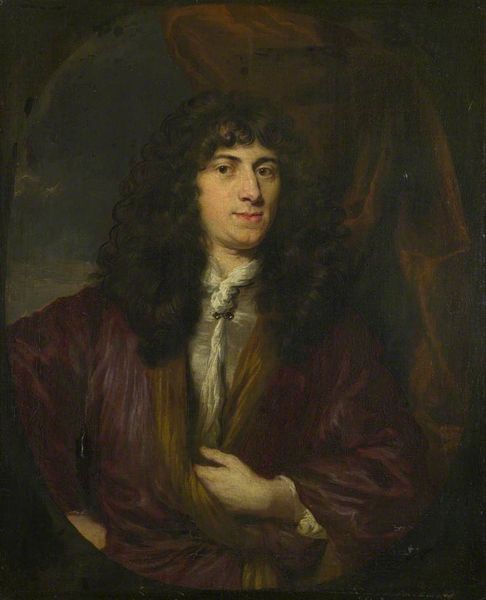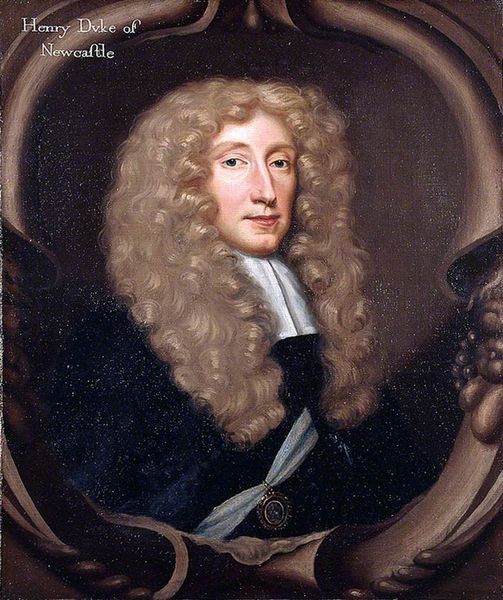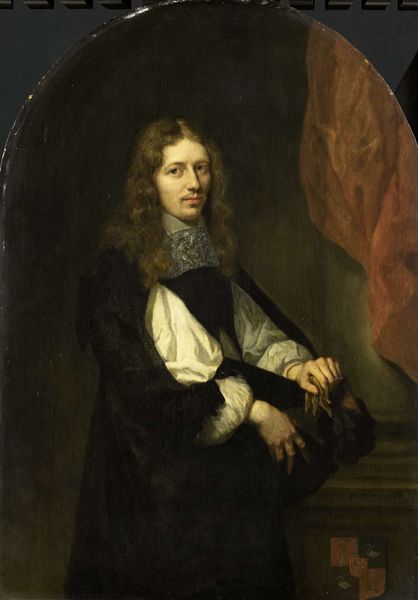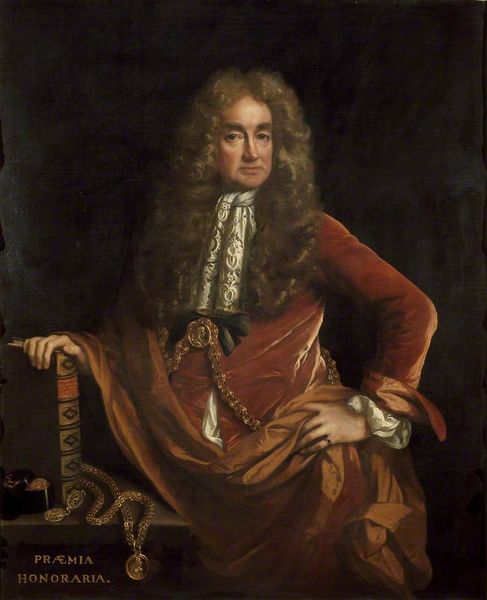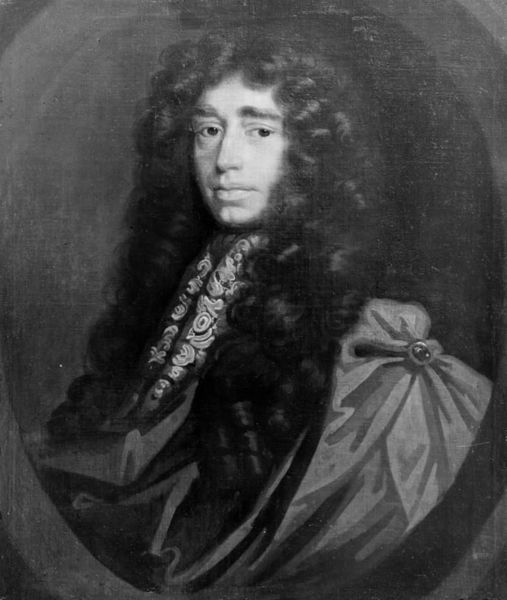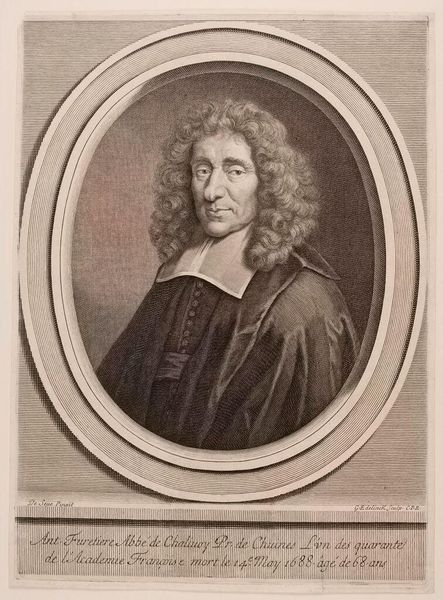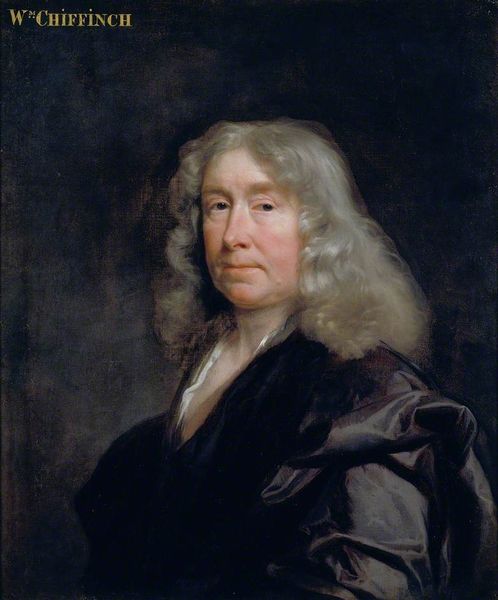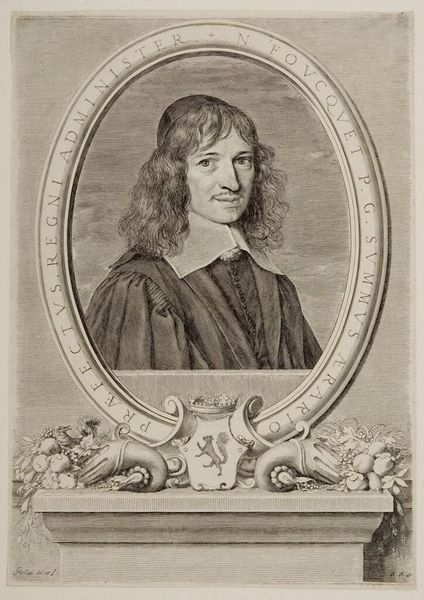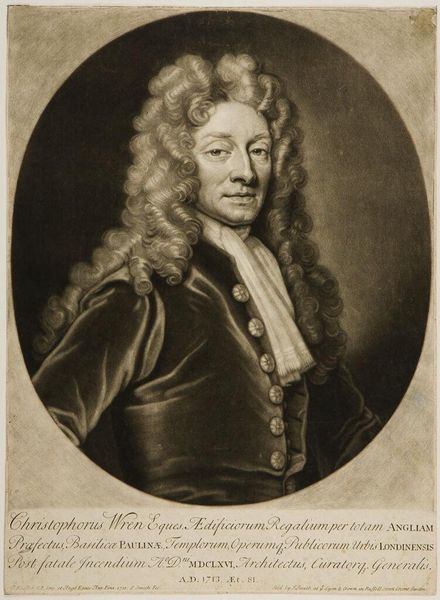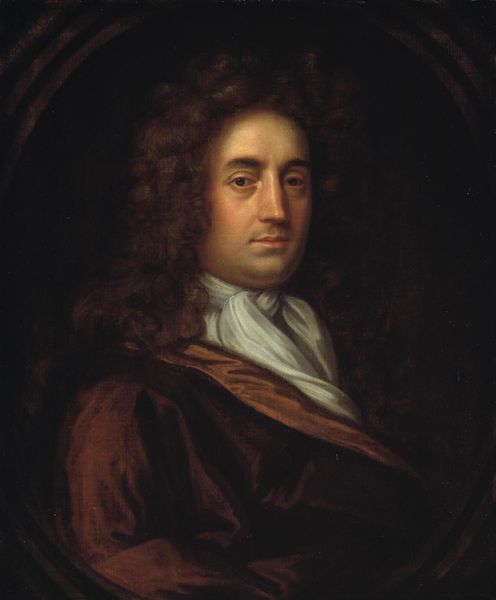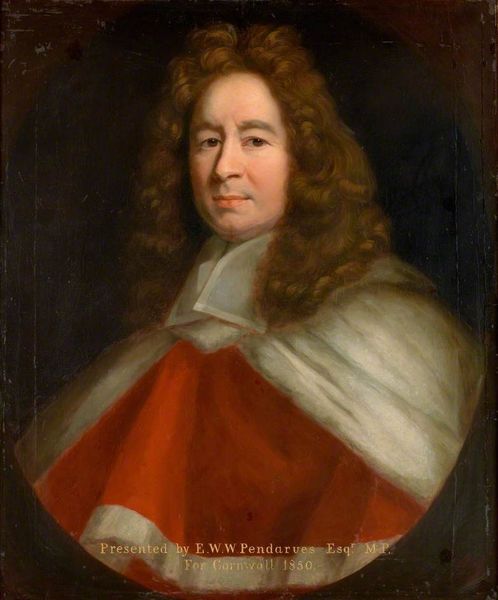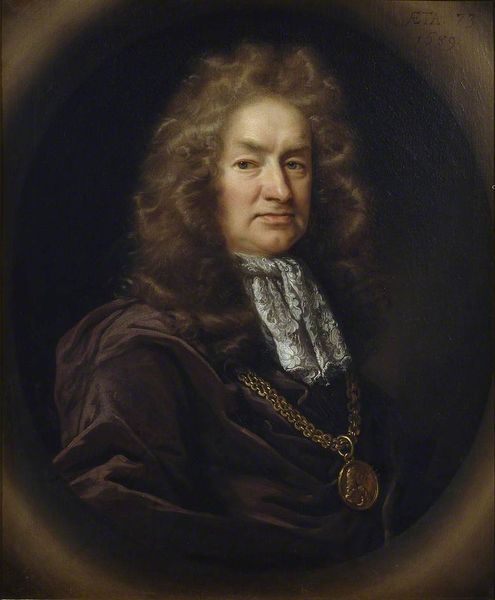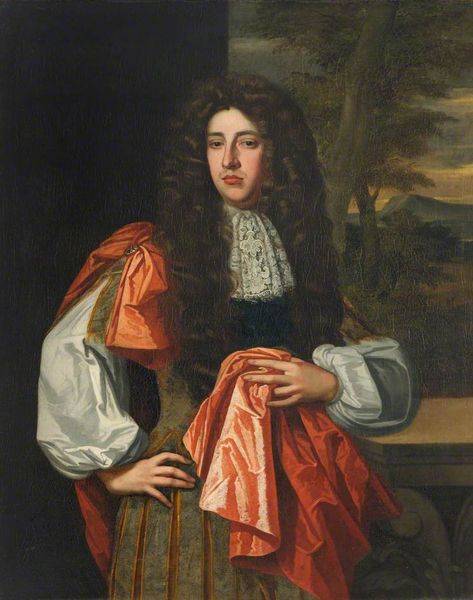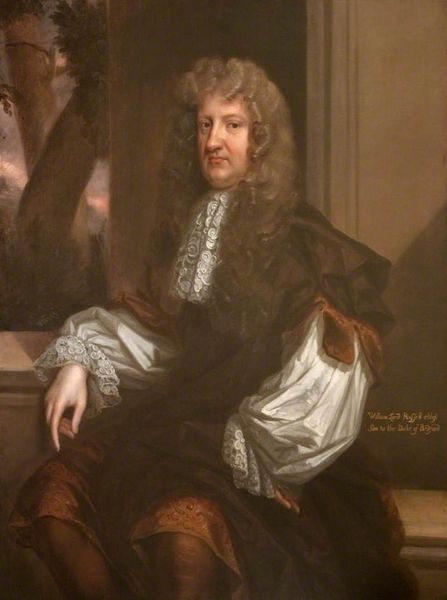
painting, oil-paint
#
portrait
#
baroque
#
painting
#
oil-paint
#
genre-painting
Copyright: Public domain
Curator: Welcome. Today, we're looking at Nicolaes Maes's "Portrait of Jan de Reus," painted in 1680. This oil painting exemplifies the Baroque style and falls under the theme of genre painting. Editor: Well, my immediate impression is that this gentleman has stories. So many stories etched into that face, right? There's this beautiful sadness but also maybe a wry humour flickering in his eyes. It makes me want to pull up a chair, pour a glass of something strong and just listen to him ramble. Curator: Indeed. When examining the context, consider the significance of portraiture in 17th-century Dutch society. Portraits like this often served as status symbols, indicating wealth and social standing, especially during the Dutch Golden Age. Who Jan de Reus was and his position in society will inform how we might appreciate Maes' intentions. Editor: You're right about that. Thinking about the societal norms. It's so striking how vulnerable he looks, almost like he's stripped of that gilded armour. It is brave to portray someone so genuinely, with all those fine lines, with such raw humanism. I wonder what he made of it. Did he like it? Curator: It raises essential questions about representation, doesn't it? Consider the ways Maes uses light and shadow to create depth and emphasize certain features. It seems significant how the dark background makes his pale features so visible. Is this making a subtle point about who holds power? And look at that hand, slightly deformed but still expressive; so many details. Editor: I love that, I completely agree. You feel that he's lived, really *lived*, if you see what I mean. Curator: Absolutely. Maes captures a moment of quiet dignity. And considering Baroque sensibilities with emphasis on realism, and even intense drama at times, do you think Maes intended to challenge conventions of aristocratic portraits? Editor: Challenging conventions feels so aligned with the creative and sometimes disruptive spirit of art. For me, it is deeply interesting just imagining their interaction, the dance between artist and sitter. I'm going to keep imagining all of this... thank you for sharing the time with me. Curator: My pleasure. Indeed, seeing portraits of figures within a broader social, political, and even artistic framework does reveal intriguing avenues for interpretation and continued discussions.
Comments
No comments
Be the first to comment and join the conversation on the ultimate creative platform.
